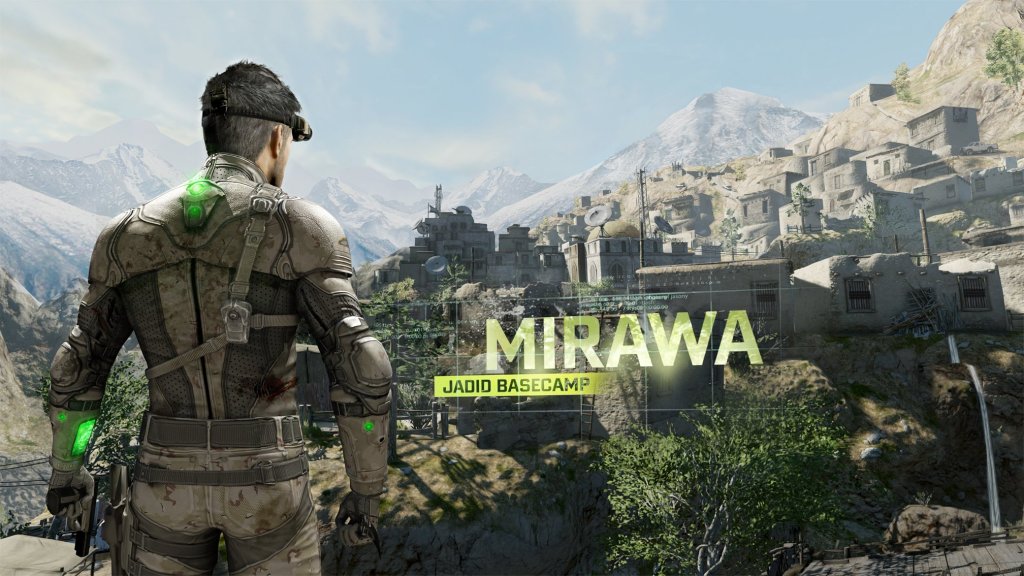How we got on Ubisoft's Blacklist.
Sam Fisher is back, and so is his trademark multi-vision goggles and tactical suit. He’s the silent killing machine you fell in love with over a decade ago, but he’s got new moves—he’s faster, has more advanced tech to support his mission, and is a bit more aggressive this time around.
While…











